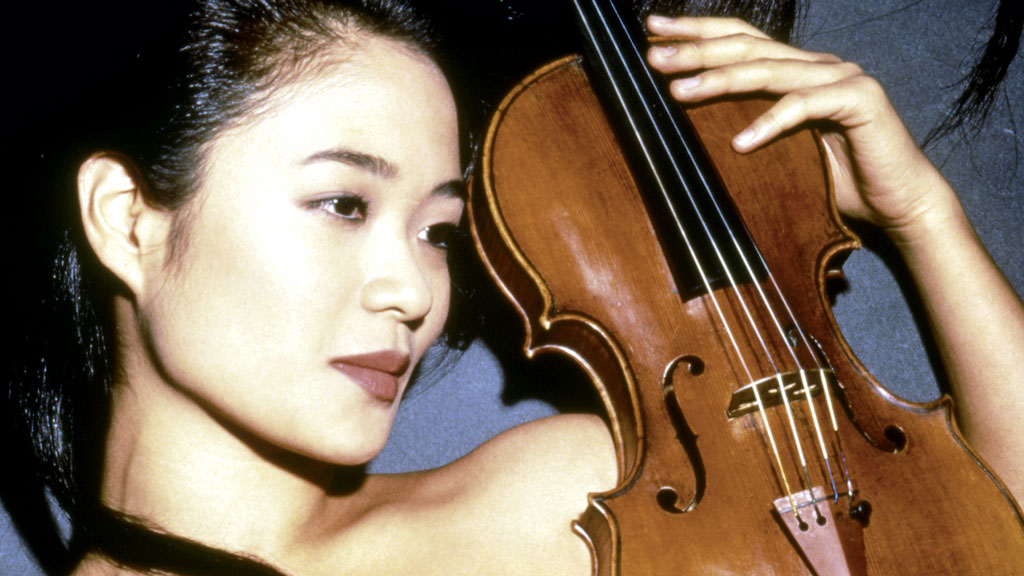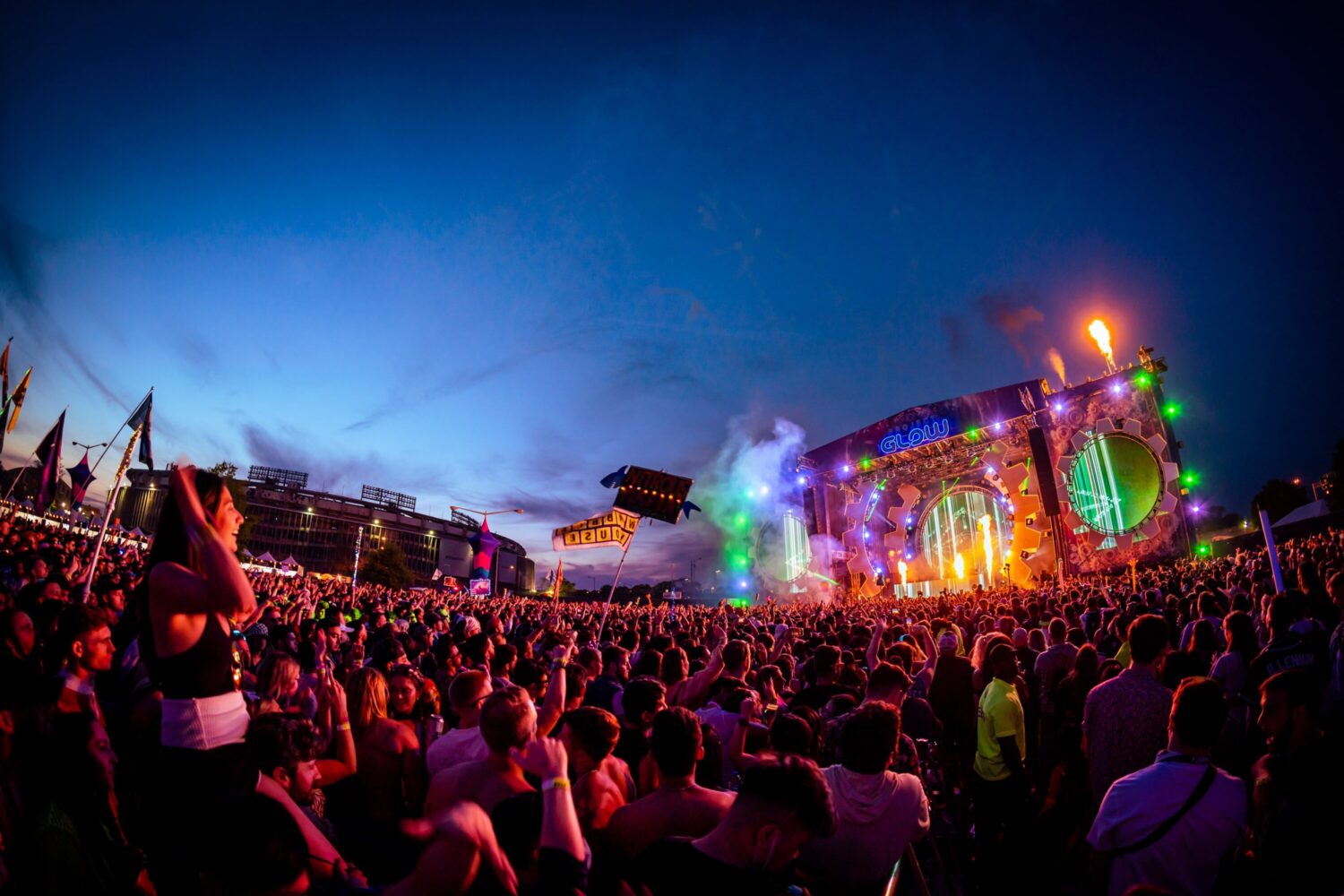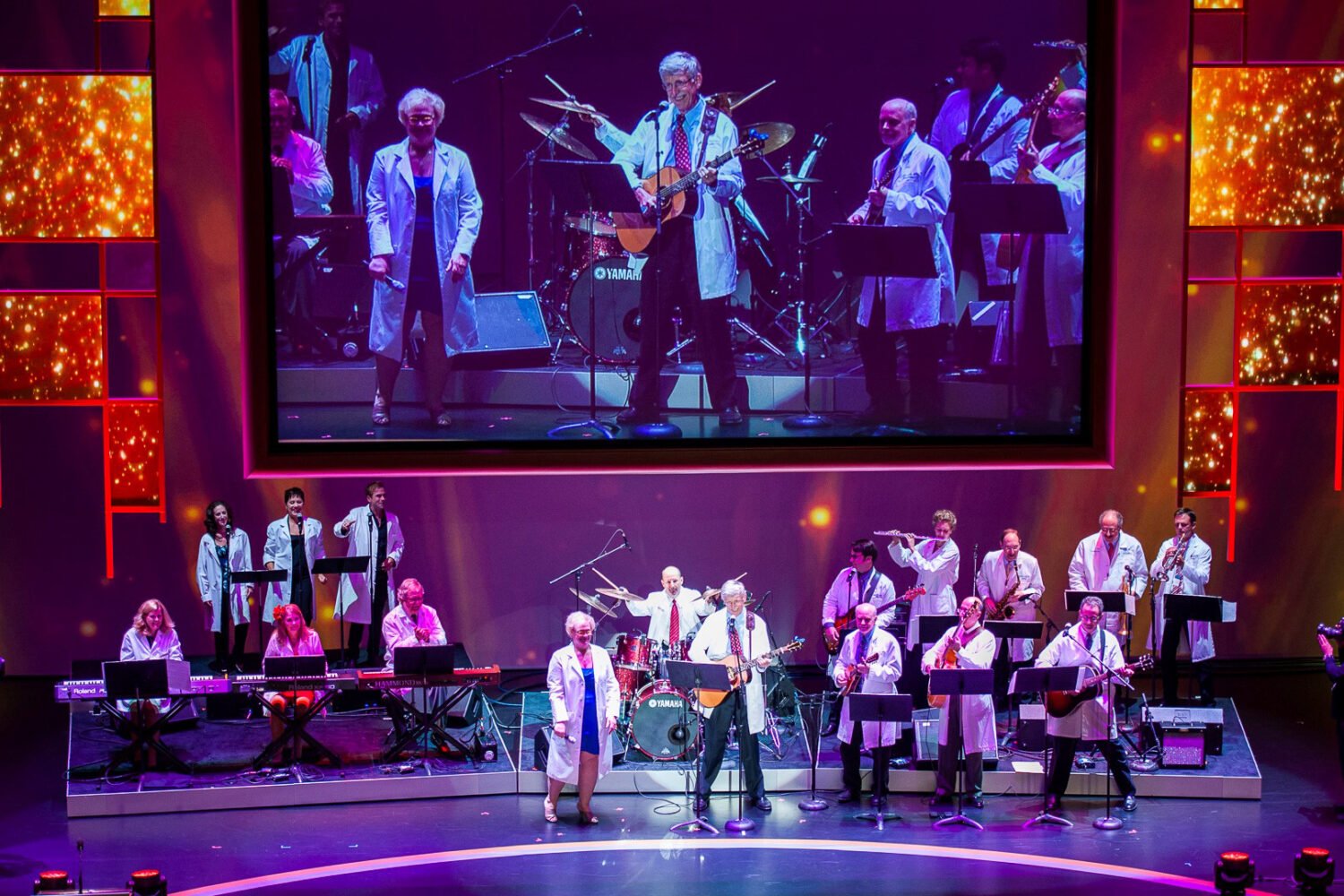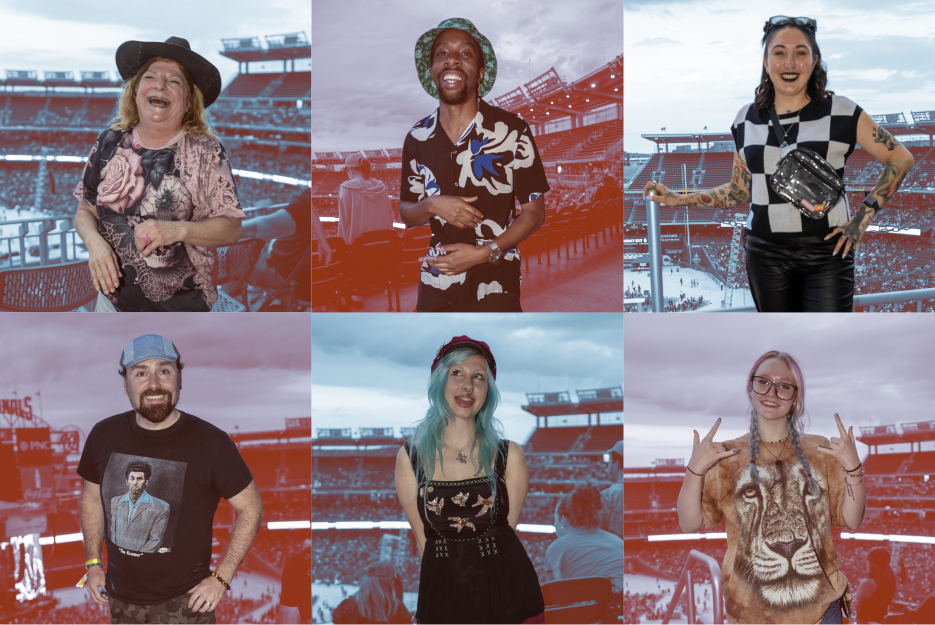Call it “The Mystery of the Buried Violin.” As a college sophomore and musical prodigy years ago, violinist Chee-Yun was in the market for a new instrument. Her old violin sounded good in concert, but as she started to record, she needed one that could really play off a microphone. She found a gorgeous model at Chicago’s Bein & Fushi, which specializes in restoring antique violins, and fell in love. “It had this sweet sound in the upper register, and the D and G strings had this deep, almost cello-like sound,” says Chee-Yun. “It was very balanced, very beautiful.”
Before buying it with the help of a private patron and a grant, she took it to an appraiser, who confirmed it was a rare Francesco Ruggieri violin from 1669. But the appraiser was puzzled: For an instrument more than 300 years old, it looked remarkably new. There were no cracks, no wear and tear, and its original varnish—which should have been scraped away by centuries of sweaty palms—was completely intact.
The Chicago store had purchased the violin from Peter Biddulph, a famed London dealer who was said to have gotten it from a Scandinavian family who’d held onto it for at least one century of its existence. Any earlier than that and the trail went cold.
Until 2013, that is, when Chee-Yun did an audience Q&A after a performance in Israel. A man stood up to say that his father had once played a Francesco Ruggieri, and he asked Chee-Yun if she knew her instrument had been buried alongside its original owner. “That made sense to me, why this violin looked so new,” she says.
It’s mostly rumor at this point—Chee-Yun doesn’t know for certain that her violin was interred with its owner or who that might have been. Nor is it clear why it might have been exhumed, although she speculates that the family might have come to realize the instrument’s value on the above-ground market.
This Saturday and Sunday, Chee-Yun plays the mysterious instrument along with the National Philharmonic ($28 to $88; strathmore.org). She remembers that years ago, when she first got the violin, her teacher was worried about using it in a performance such as this one. Unlike flat-bellied Stradivarius violins, which produce a booming sound fit for a concert hall, Ruggieris are known for their curved bottoms, which make it hard to stand out in a full orchestra. But the more Chee-Yun played it, the more her violin seemed to resonate: “It was almost like it was waking up.”
This article appears in our October 2016 issue of Washingtonian.

















